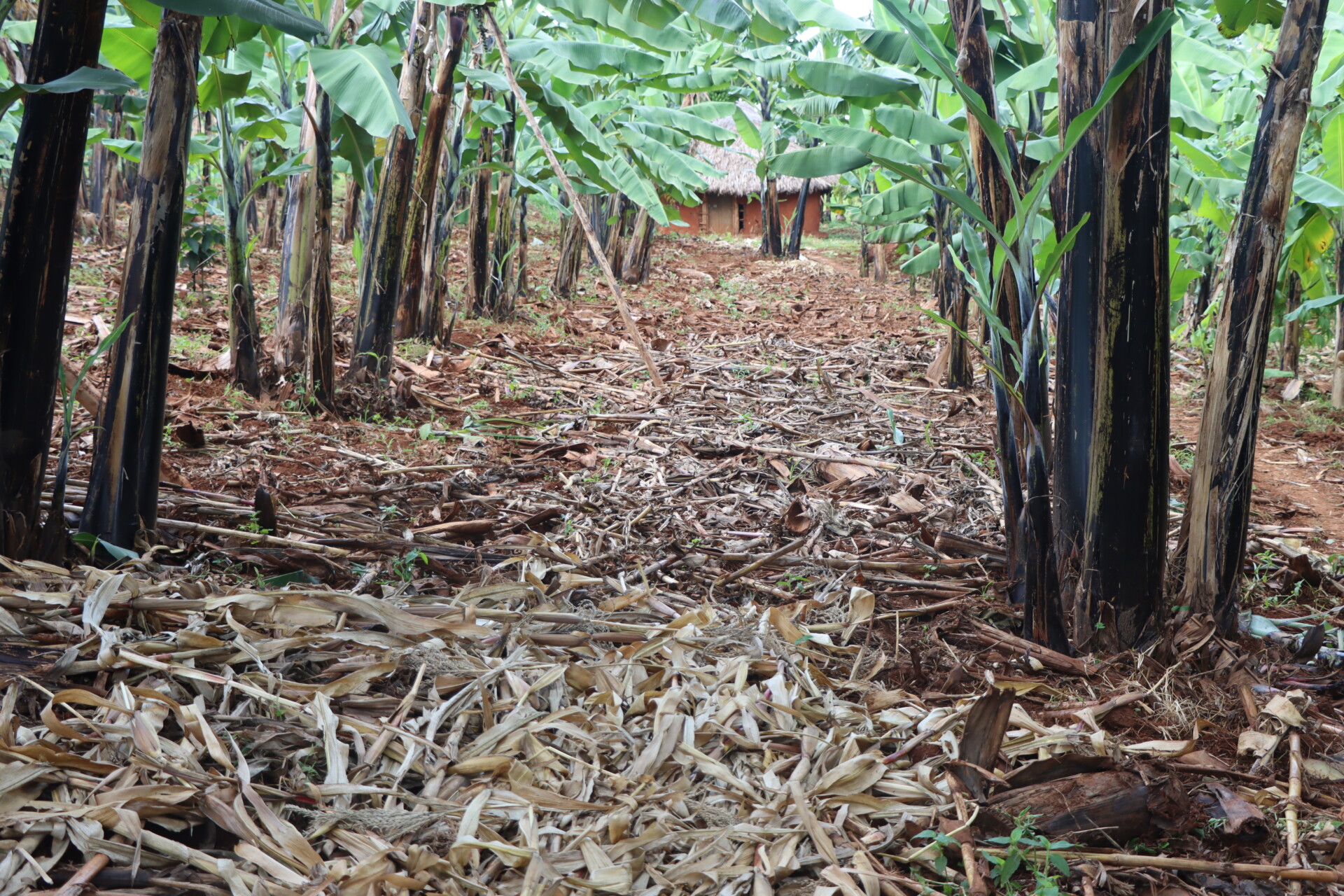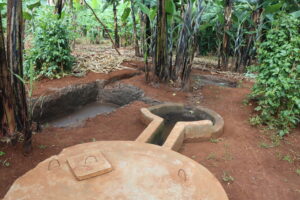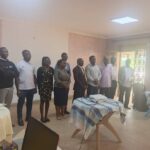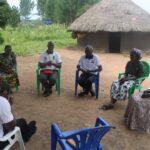Regenerative Agriculture – A Pathway to Sustainable Farming and Environmental Restoration in the Sebei Sub-Region

By Anne Kikundwa and Brian Lukwago
AidEnvironment continues to promote regenerative agriculture, a farming approach that emphasises rebuilding soil health, increasing biodiversity, and enhancing ecosystems in Sebei Sub Region through the Green Future Farming Project (GFF) .
The Sebei sub-region in Uganda, located on the slopes of Mount Elgon, is rich in natural resources and has a unique climate ideal for agriculture. However, farmers in Sebei face several challenges, including soil degradation, deforestation, and unpredictable weather patterns due to climate change. In response, regenerative agriculture has gained traction in the area as a means of enhancing soil fertility, increasing crop yields, and promoting ecological balance.
By focusing on practices that restore and enhance the land rather than deplete it, regenerative agriculture aims to create sustainable systems that combat climate change, improve water cycles, and foster resilience in agriculture.
The GFF Project aims to capitalise on the opportunities to restore landscapes, introduce circular regenerative agriculture and capitalise on local value chains to create more rewarding livelihoods, in particular for women and young people, in different parts of East Africa. It addresses problems of Landscape degradation (erosion, deforestation, riverbank degradation) leading to downward spiral of reduced livelihood opportunities, low income from coffee production compared to annual crops and shift from agroforestry system of coffee, shade-trees and intercrops to annual crops such as cabbages, tomatoes, maize and Irish potatoes.
The project is grounded in best practices geared towards:
- Building and maintaining soil Health and Fertility. This minimises soil disturbance by reducing tillage, which can damage soil structure, and reduce organic matter.
- Continued promotion of Agroforestry and Tree Planting. In Sebei, agroforestry (integrating trees into croplands) is a key regenerative practice. This helps prevent soil erosion, especially on the steep slopes common in the region, and promote biodiversity.
- Continued promotion of Soil Conservation Techniques. Farmers in Sebei are adopting contour farming, terracing, and minimal tillage to reduce soil erosion. These practices are especially important in the area because, given the fact that it is hilly, heavy rains can quickly wash away topsoil.
- Composting and Organic Fertilisers. The use of compost and organic fertilisers is helping farmers restore soil fertility without relying on synthetic inputs. Farmers create compost from farm waste, animal manure, and organic matter, which is applied to fields to increase nutrient levels and improve soil structure.
- Livestock Integration. Integrating livestock into cropping systems is another regenerative practice growing in popularity in Sebei. With the introduction of biogas digesters, a good practice of managed grazing has allowed livestock waste to generate fuel and also fertilise the soil naturally through the use of bio slurry.
- Water Management. Rainwater harvesting through the construction of water tanks has helped farmers store water during rainy seasons, which is vital for resilience during dry periods. Mulching is also used to retain soil moisture, further conserving water resources in the region.
By adopting regenerative practices,
- Farmers in Sebei are restoring soil fertility, which had been depleted by years of conventional farming methods.
- This approach also enhances resilience to extreme weather events, which have become increasingly common in the Sebei region there by contributing to climate change mitigation.
- Agroforestry and cover cropping practices help create habitats for local wildlife and protect biodiversity. Biodiverse ecosystems are more resilient and provide essential services, such as pollination and pest control, which support agricultural productivity.
- Reduced Dependency on Synthetic Inputs. Many Sebei farmers previously relied on chemical fertilisers and pesticides, which can harm soil and water quality. Regenerative agriculture reduces dependency on these inputs, cutting costs and promoting a healthier farming environment.
There is need for collaborative efforts from local governments, NGOs, and agricultural organisations to provide continued training, resources, and financial support to farmers to fully adopt these practices.
By focusing on soil health, biodiversity, and water management, the Regenerative Agriculture approach will contribute to minimising the effects of climate change and also improving food security and economic resilience for local farmers.




